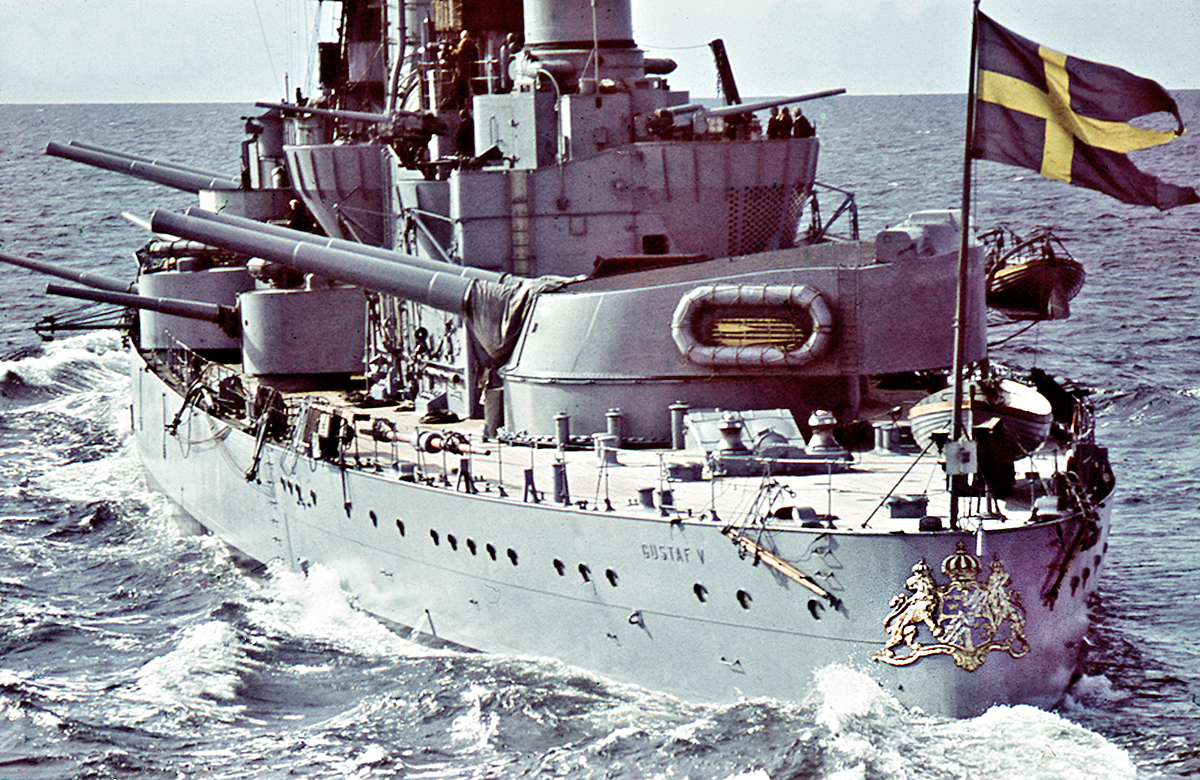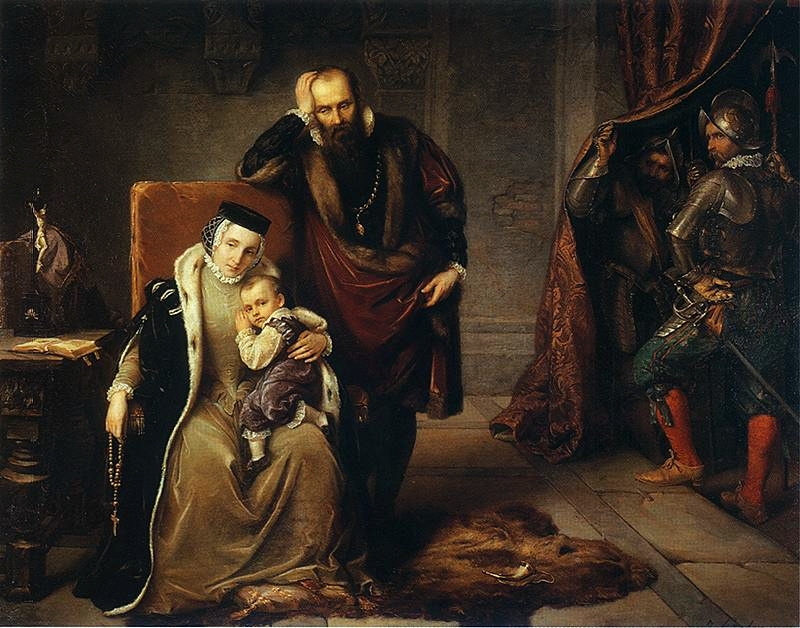|
Lord High Chancellor Of Sweden
The Lord High Chancellor () was a prominent and influential office in Sweden, from 1538 until 1799, excluding periods when the office was out of use. The office holder was a member of the Privy Council. From 1634, the Lord High Chancellor was one of five Great Officers of the Realm, who were the most prominent members of the Privy Council and headed a governmental branch each—the Lord High Chancellor headed the Privy Council. In 1792, more than a century after the office's abolition in 1680, it was revived, but was then finally abolished again seven years later in 1799. Origins During the Middle Ages, from the 13th century, the "chancellor of the King" was a close confidant of the King. The chancellor was in general a man of the church, and one part of his duty was to aid the King during negotiations with foreign powers. In 1560, during King Eric XIV's reign, Nils Gyllenstierna became the first to receive the title ''Rikskansler''. Function The Lord High Chancellor was ap ... [...More Info...] [...Related Items...] OR: [Wikipedia] [Google] [Baidu] |
Coat Of Arms Of Sweden
The coat of arms of the Kingdom of Sweden () is the arms of dominion of the Monarchy of Sweden, King of Sweden. It has a greater and a lesser version. The shield displays the "Three Crowns of Sweden" quartering the "Lion of Bjälbo", with an inescutcheon overall of the House of Vasa impaling the House of Bernadotte. Regulated usage The usage of the coats of arms is regulated by Swedish Law, Swedish Code of Statutes, Act]1970:498which states (in unofficial translation) that "in commercial activities, the coats of arms, the flag or other official insignia of Sweden may not be used in a trademark or other insignias for products or services without proper authorisation. This includes any mark or text referring to the Swedish State which this can give the commercial mark a sign of official endorsement. This includes municipal coats of arms which are registered." Any representation consisting of three crowns ordered two above one are considered to be the lesser coat of arms, and its ... [...More Info...] [...Related Items...] OR: [Wikipedia] [Google] [Baidu] |
Gustav I Of Sweden
Gustav Eriksson Vasa (12 May 1496 – 29 September 1560), also known as Gustav I, was King of Sweden from 1523 until his death in 1560. He was previously self-recognised Protector of the Realm ('' Riksföreståndare'') from 1521, during the ongoing Swedish War of Liberation against King Christian II of Denmark, Norway and Sweden. Gustav rose to lead the Swedish War of Liberation following the Stockholm Bloodbath, where his father was executed. Gustav's election as king on 6 June 1523 (the National Day of Sweden) and his triumphant entry into Stockholm eleven days later marked Sweden's final secession from the Kalmar Union. During his reign, Gustav initiated the Protestant reformation in Sweden, transformed the country from an elective to a hereditary monarchy and established a standing army and navy. Early life Gustav Eriksson, a son of Cecilia Månsdotter Eka and Erik Johansson Vasa, was probably born in 1496. The birth most likely took place in Rydboholm Castle, nor ... [...More Info...] [...Related Items...] OR: [Wikipedia] [Google] [Baidu] |
Erik Oxenstierna
Erik Axelsson Oxenstierna (13 February 1624 – 23 October 1656) was a Swedish statesman. A member of the Oxenstierna family, he was the son of Axel Oxenstierna and served as the Lord High Chancellor of Sweden from 1654 until his death in 1656. Early life and education Erik Axelsson Oxenstierna was born on 13 February 1624 at Fiholm Castle as the third son of Axel Oxenstierna. In March 1633, he attended Uppsala University, which was considered unusually young for the time. In 1643, as part of his preparation for public service, Oxenstierna travelled to the Dutch Republic. He studied Dutch language, politics, history, literature, and commerce in Amsterdam before continuing to Leiden University, where he focused on law and political theory. At Leiden, he attended lectures by jurist Arnold Vinnius and the historian Marcus Zuerius Boxhorn. He also maintained contacts with key noble families, including the House of Orange and the House of Wittelsbach. His education prepared him as ... [...More Info...] [...Related Items...] OR: [Wikipedia] [Google] [Baidu] |
Christina, Queen Of Sweden
Christina (; 18 December O.S. 8 December">Old_Style_and_New_Style_dates.html" ;"title="nowiki/>Old Style and New Style dates">O.S. 8 December1626 – 19 April 1689), a member of the House of Vasa, was Monarchy of Sweden, Queen of Sweden from 1632 until her abdication in 1654. Her conversion to Catholicism and refusal to marry led her to relinquish her throne and move to Rome. Christina is remembered as one of the most erudite women of the 17th century, wanting Stockholm to become the "Athens of the North" and was given the special right to establish a university at will by the Peace of Westphalia. She is also remembered for her unconventional lifestyle and occasional adoption of masculine attire, which have been depicted frequently in media; gender and cultural identity are pivotal themes in many of her biographies. At the age of five, Christina succeeded her father Gustavus Adolphus upon his death at the Battle of Lützen (1632), Battle of Lützen, though she only began ru ... [...More Info...] [...Related Items...] OR: [Wikipedia] [Google] [Baidu] |
Gustavus Adolphus Of Sweden
Gustavus Adolphus (9 December [Old Style and New Style dates, N.S 19 December] 15946 November [Old Style and New Style dates, N.S 16 November] 1632), also known in English as Gustav II Adolf or Gustav II Adolph, was King of Sweden from 1611 to 1632, and is credited with the rise of Swedish Empire, Sweden as a great European power (). During his reign, Sweden became one of the primary military forces in Europe during the Thirty Years' War, helping to determine the political and religious balance of power in Europe. He was formally and posthumously given the name Gustavus Adolphus the Great (; ) by the Riksdag of the Estates in 1634. He is often regarded as one of the greatest military commanders in modern history, with use of an early form of combined arms. His most notable military victory was the Battle of Breitenfeld (1631), Battle of Breitenfeld in 1631. With his resources, logistics, and support, Gustavus Adolphus was positioned to become a major European leader, but he wa ... [...More Info...] [...Related Items...] OR: [Wikipedia] [Google] [Baidu] |
Axel Oxenstierna 1635
Axel may refer to: People * Axel (name), all persons with the name Places * Axel, Netherlands, a town ** Capture of Axel, a battle at Axel in 1586 Arts, entertainment, media * ''Axel'', a 1988 short film by Nigel Wingrove * ''Axel'', a Cirque du Soleil show * ''Axël'', an 1890 drama play by Auguste Villiers de l'Isle-Adam * Axel (dance turn), a type of turn performed in dance * Axel lift, a movement in pair skating * Axel jump, a type of jump in figure skating * "Axel F", the 1985 instrumental theme song of ''Beverly Hills Cop'' by Harold Faltermeyer Companies, organizations * Axel Hotels, hotel chain * Axel Springer SE, largest digital publishing house in Europe Other uses * Axel Maersk, Danish container ship * Citroën Axel, automobile made by Citroën * Typhoon Axel (other), multiple storms named Axel * Axel, a character in Pikwik Pack * Axel, a coaxial two-wheeler, designed to investigate caves on the moon with the proposed mission Moon Diver (spacecraft) Se ... [...More Info...] [...Related Items...] OR: [Wikipedia] [Google] [Baidu] |
Svante Bielke
Svante is the shortening for the Swedish male first name Svantepolk. It originates from Slavic ancestors of first prominent Svantes in Sweden. The Slavic languages have the name which is rendered as Sviatopolk in Ukrainian, Russian and Bulgarian, Swiãtopôłk in Kashubian, Świętopełk in Polish and Svatopluk/Svätopluk in Czech and Slovakian. Also Svjatopluk and so forth in other renditions. In the 13th century, Svantepolk of Viby (d 1310) settled in Sweden. He was a valued ancestor, well-remembered in his noble Swedish descendants' pedigrees and family lore, and the name Svante was given to many of his descendants. * Svante Bosson (Sture), uncle of the regent Svante (see below) * Svante, Regent of Sweden (1460–1512), leader of the Swedish government between 1504 and 1512 * Svante Sture, Count of Stegeholm (1517–67), his grandson * Svante Arrhenius a Swedish chemist * Svante Stenbock (1578–1632) * Svante Bielke, Lord High Chancellor of Sweden 1602-1609 * Svante ... [...More Info...] [...Related Items...] OR: [Wikipedia] [Google] [Baidu] |
Charles IX Of Sweden
Charles IX, also Carl (; 4 October 1550 – 30 October 1611), reigned as King of Sweden from 1604 until his death. He was the youngest son of King Gustav I () and of his second wife, Margaret Leijonhufvud, the brother of King Eric XIV and of King John III, and the uncle of Sigismund, who became king both of Sweden and of Poland. By his father's will Charles received, by way of appanage, the Duchy of Södermanland, which included the provinces of Närke and Värmland; but he did not come into actual possession of them till after the fall of Eric and the succession to the throne of John in 1569. Both Charles and one of his predecessors, Eric XIV (), took their regnal numbers according to a fictitious history of Sweden. He was actually the third Swedish king called Charles. He came into the throne by championing the Protestant cause during the increasingly tense times of religious strife between competing sects of Christianity. Just under a decade after his death, these wou ... [...More Info...] [...Related Items...] OR: [Wikipedia] [Google] [Baidu] |
Sigismund III Vasa
Sigismund III Vasa (, ; 20 June 1566 – 30 April 1632 N.S.) was King of Poland and Grand Duke of Lithuania from 1587 to 1632 and, as Sigismund, King of Sweden from 1592 to 1599. He was the first Polish sovereign from the House of Vasa. Religiously zealous, he imposed Catholicism across the vast realm, and his crusades against neighbouring states marked Poland's largest territorial expansion. As an enlightened despot, he presided over an era of prosperity and achievement, further distinguished by the transfer of the country's capital from Kraków to Warsaw. Sigismund was the son of King John III of Sweden and his first wife, Catherine Jagiellon, daughter of King Sigismund I of Poland. Elected monarch of the Polish–Lithuanian Commonwealth in 1587, he sought to unify Poland and Sweden under one Catholic kingdom, and when he succeeded his deceased father in 1592 the Polish–Swedish union was created. Opposition in Protestant Sweden caused a war against Sigismund headed ... [...More Info...] [...Related Items...] OR: [Wikipedia] [Google] [Baidu] |
Erik Sparre
Erik Larsson Sparre (born Erik Larsson; also known as Erik Gyllensparre, Eric Sparre, or Erik Sparre of Rossvik; 13 July 1550 – 20 March 1600) was a Swedish noble, statesman, diplomat, and political theorist who served as Privy Councilor from 1575 or 1576 until 1590 and Lord High Chancellor of Sweden from 1593 until his execution in 1600. An esteemed orator and rhetorician, Sparre was considered the spokesman for the well-organized aristocratic opposition who advocated for parliamentary sovereignty in the Swedish government and is largely remembered for his contributions to Swedish law. His major written work – ('For the Law, the King, and the People') – remains highly-regarded as an early defense of contractualism and earned him a reputation as the "father of Swedish constitutional law". Sparre's ideas were initially backed by John III of Sweden in order to check the ambitions of his brother, Duke Charles, but relations between Sparre and John soured when the nobility ... [...More Info...] [...Related Items...] OR: [Wikipedia] [Google] [Baidu] |





